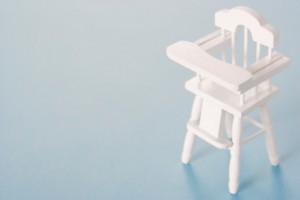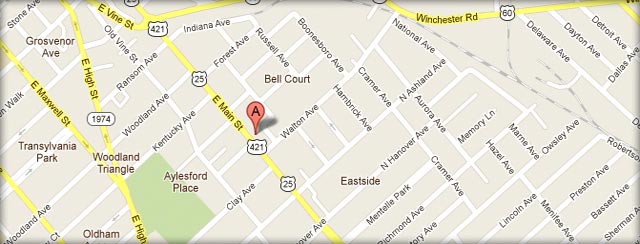- ATV accidents
- Brain Injuries
- Bus Accident
- Car Accidents
- Construction Accident
- Distracted Driving
- Drugged Driving Accident
- DUI
- Firm News
- Mass Tort
- Medical Malpractice
- Motorcycle Accidents
- Pedestrian Accidents
- Personal Injury
- Product Liability
- Safety
- Social Security Disability
- Truck Accidents
- Vehicle Accidents
- Workers Compensation
- Workplace Injuries

Children are sustaining injuries from serious injuries in highchair-related accidents at an increasing rate, according to a recent study by the Research Institute at Nationwide Children’s Hospital.
Researchers found that highchair accidents increased 22 percent between 2003 and 2010. More than 9,400 children are treated in U.S. emergency rooms each year for injuries ranging from cuts and bruises to brain injuries. That means that on average, one child each hour was treated for a highchair-related injury, according to the study, which was published in the journal Clinical Pediatrics.
Closed head injuries were the most common type of injury reported in highchair accidents, researchers noted. Gary Smith, director of the Center for Injury Research and Policy, said that head injuries are more prevalent because highchairs are typically located in an area with a hard floor, so that children who fall from the elevated height may crash with serious force.
Pediatric brain injuries also showed the greatest increase in frequency during the study period. Between 2003 and 2010, there was a 90 percent increase in highchair-related head injuries, with nearly 4,800 cases reported in 2010.
A traumatic brain injury is one of the most life-altering injuries that a person can ever suffer. It is also a complex injury because symptoms may not emerge until hours, days or even weeks after the accident. Compound that with the fact that toddlers are clumsy creatures by nature, and it’s not difficult to see how signs of a concussion or closed head injury, such as coordination problems, may not at first be traced back to a highchair accident.
But the consequences of a brain injury can be devastating. While many cases of head trauma are mild and resolve on their own with rest, others worsen with time and can become life-threatening. If your child took a serious tumble from his or her highchair, it may be smart to make an appointment with a pediatrician just to make sure there are no neurological symptoms that indicate a problem.
Another important point that researchers found was that most children who fell out of their highchairs were climbing or standing in the chair, suggesting that they were not properly restrained. It is essential that you make sure that you fasten your child’s safety harness in the highchair. Most importantly, it can protect the child from harm. It could also become a key point in court if you ever brought a lawsuit alleging that the highchair was dangerous or defective. You need to be able to prove that you took advantage of the highchair’s safety features to make a convincing case that negligence resulted in your child’s injuries.
You should be aware that numerous models of highchairs have been recalled in recent years due to reports of injuries. Most recently, BabyHome USA, Inc. recalled more than 1,000 of its Eat model highchairs for a strangulation hazard. Last year, Graco recalled 89,400 of its wooden highchairs because of the risk of falls. To keep track of product recalls, consult the Consumer Product Safety Commission or the highchair’s manufacturer. Also be wary of buying secondhand highchairs until you have checked for recalls and carefully inspected the chair to make sure that no parts are missing or broken.
Safety is every parent’s first priority, but there are no guarantees that accidents won’t happen. Your best defense is making sure that your children are strapped safely their highchairs every time you put them in, and emphasize the importance of good highchair behavior with them.

